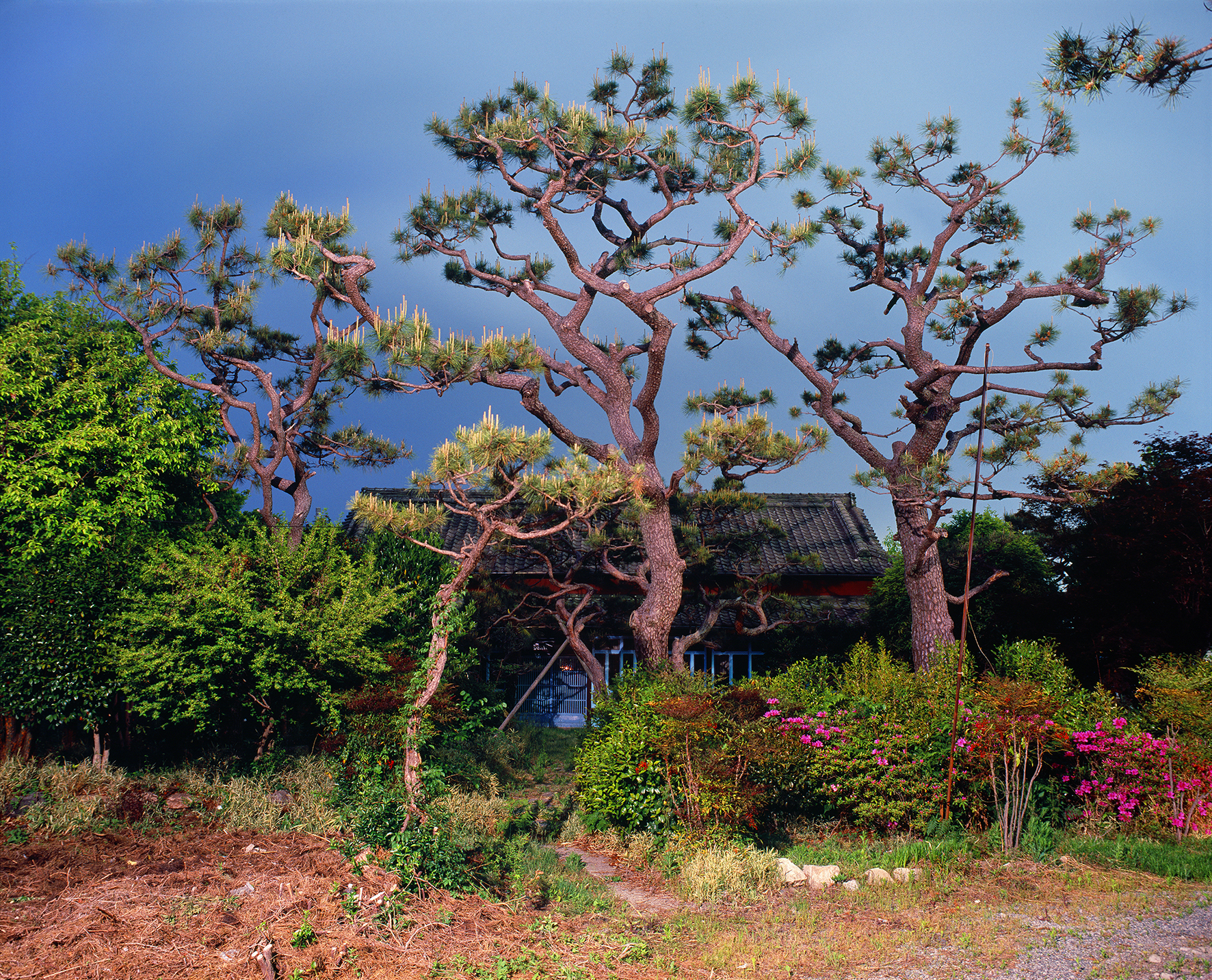
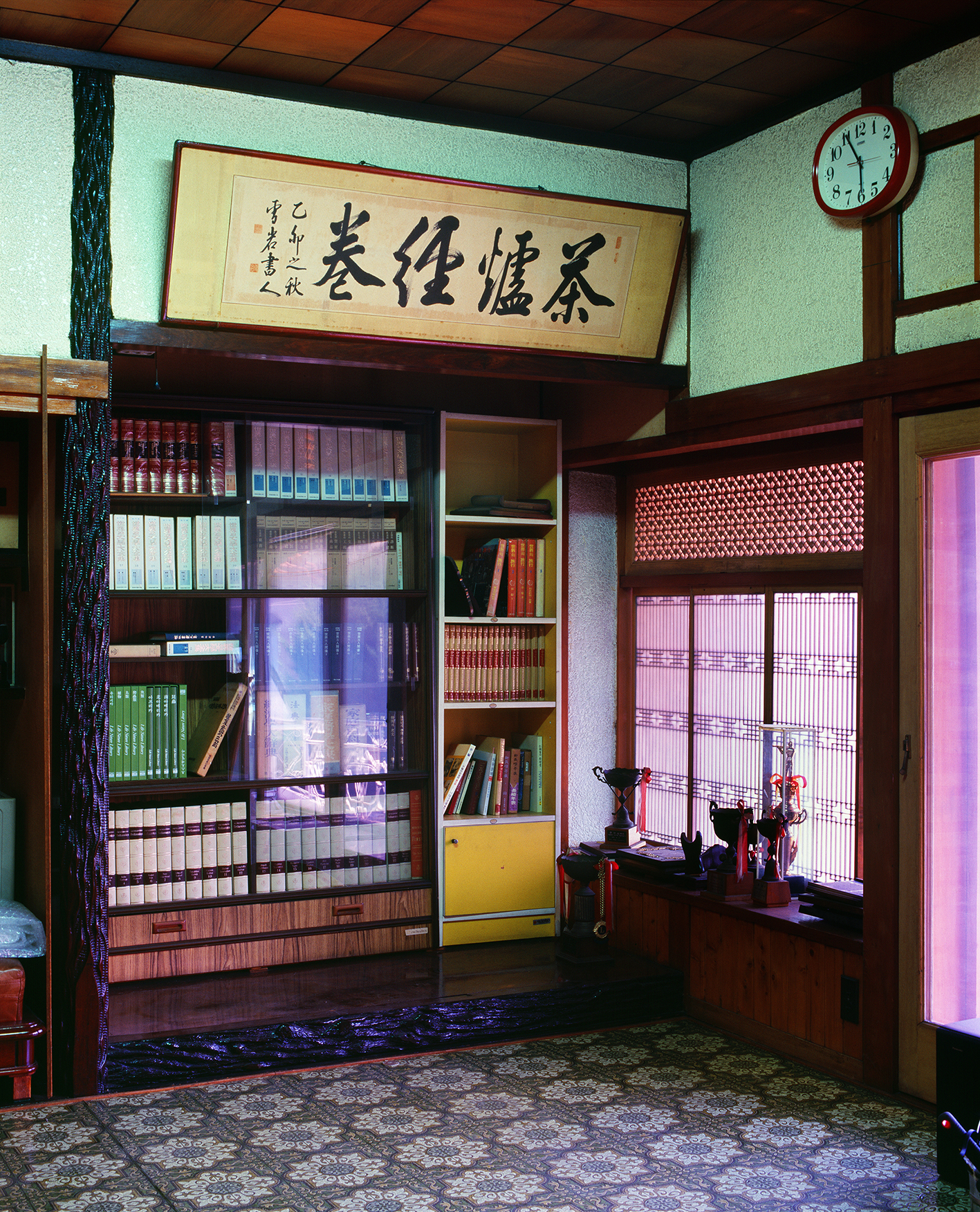
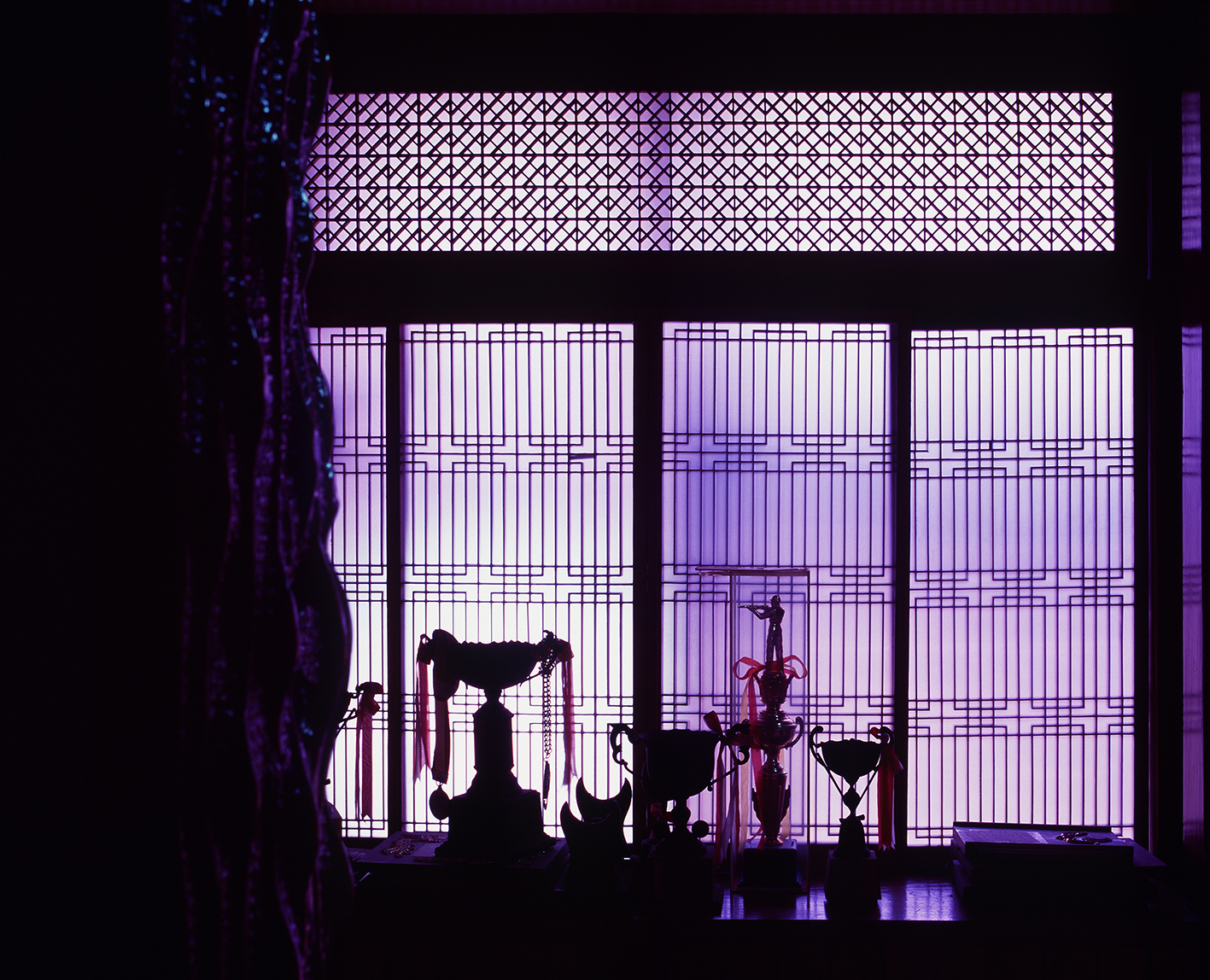
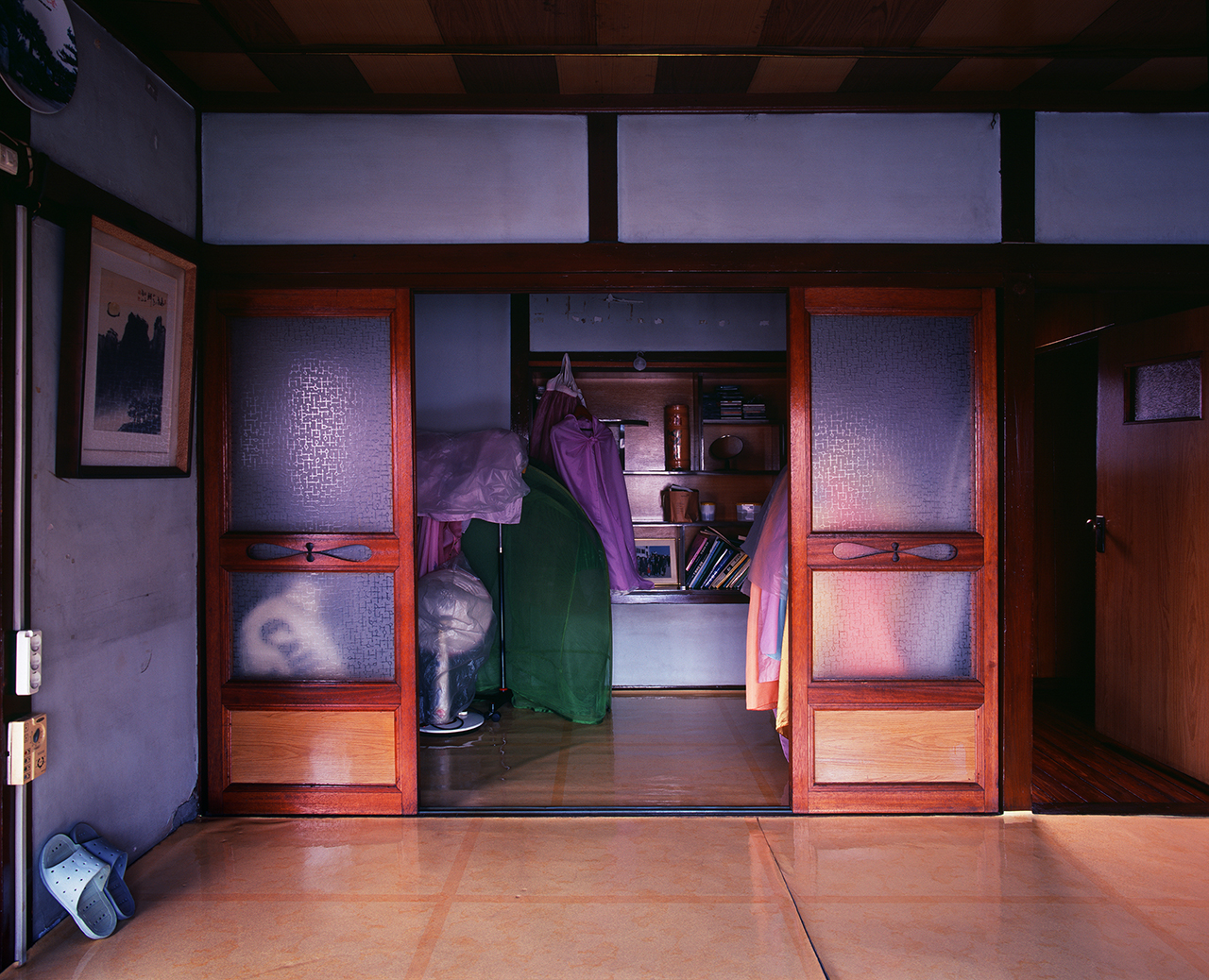
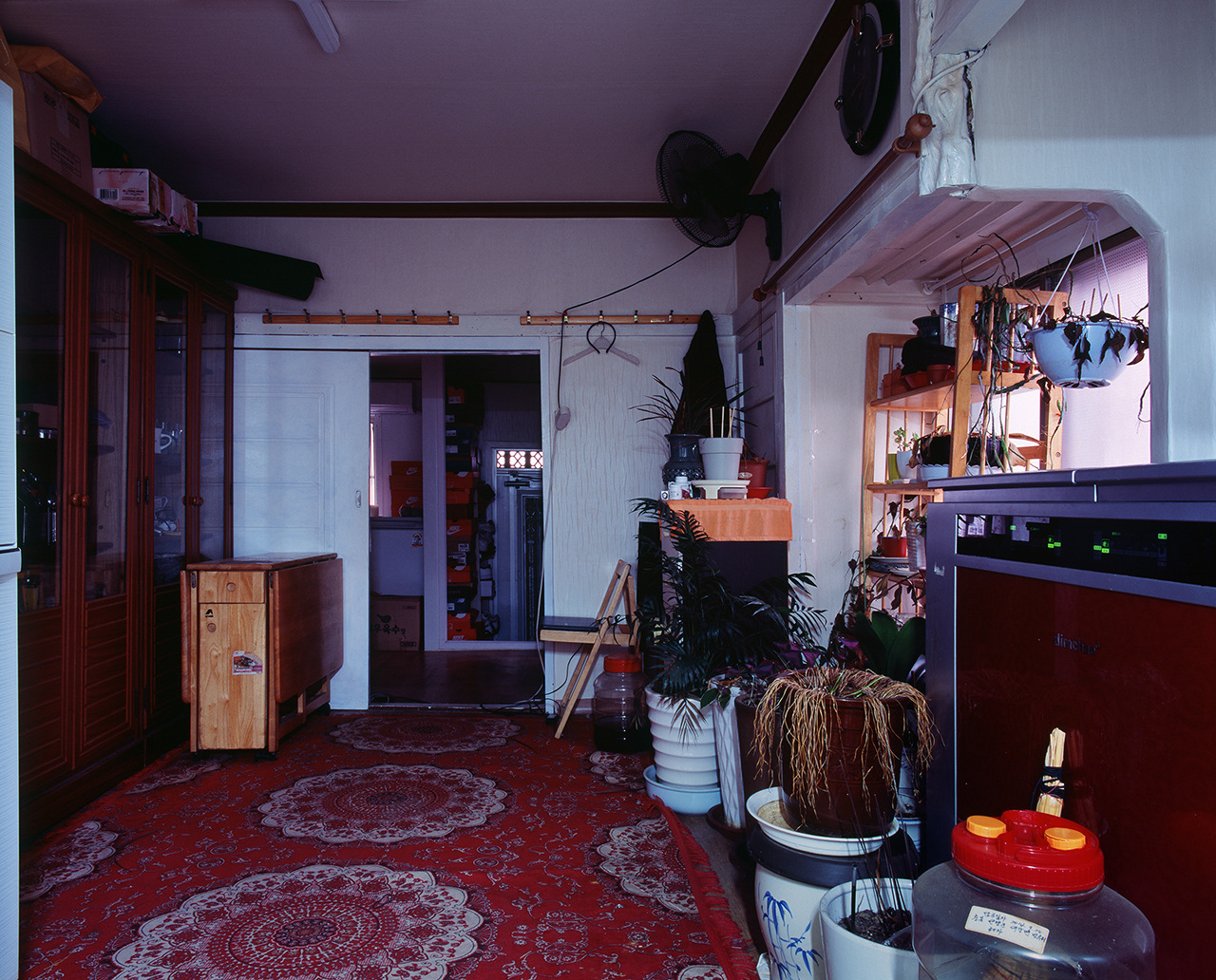
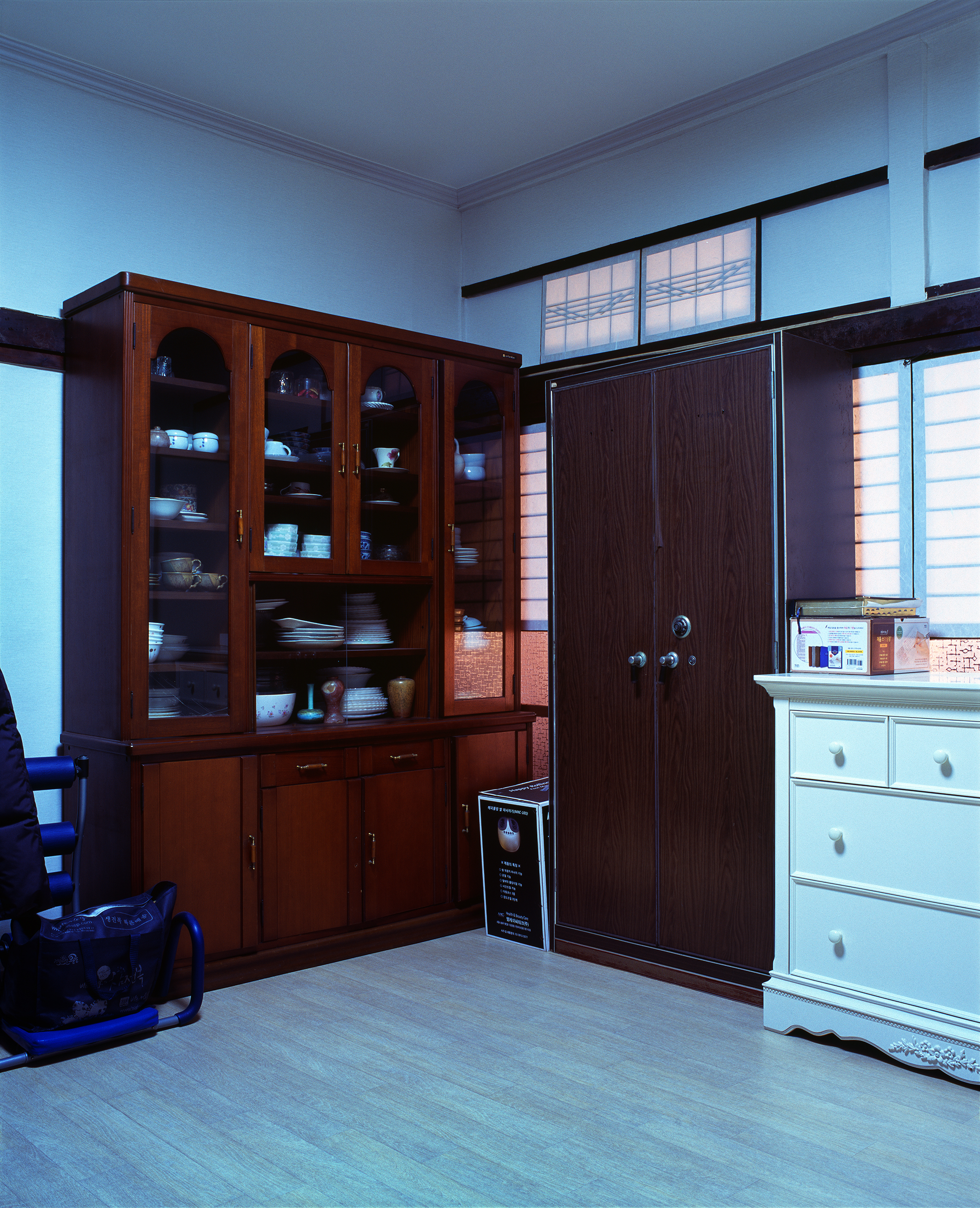
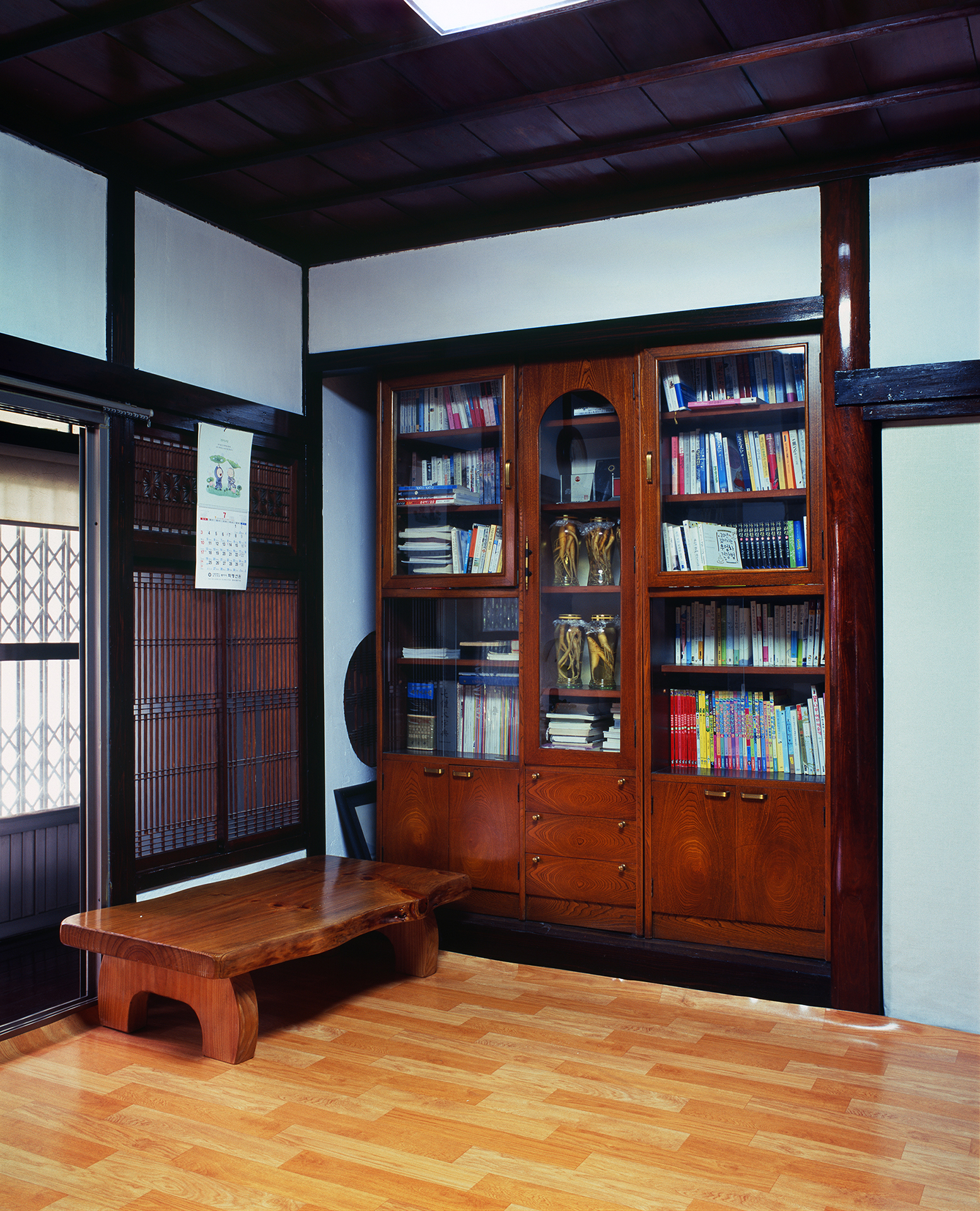

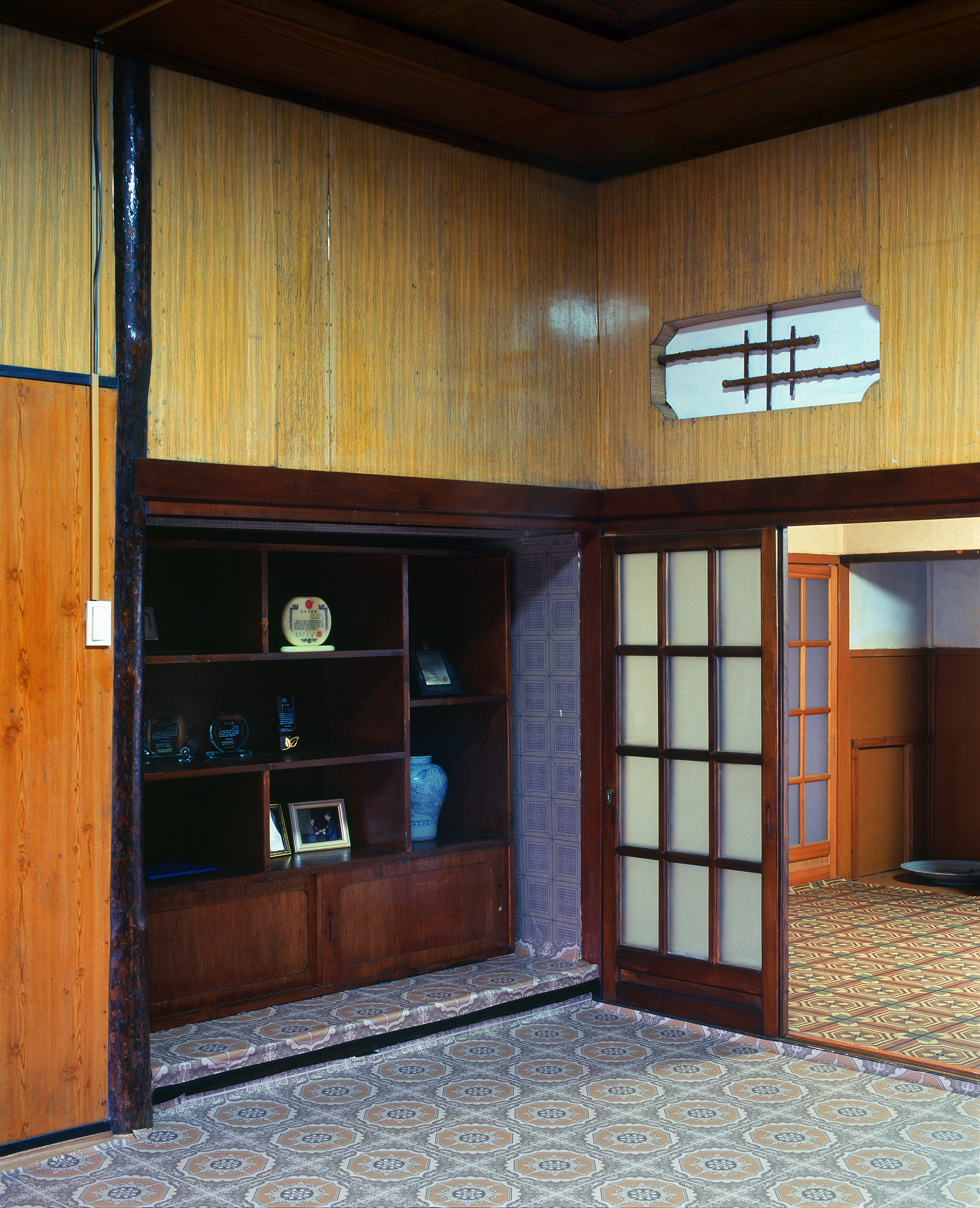
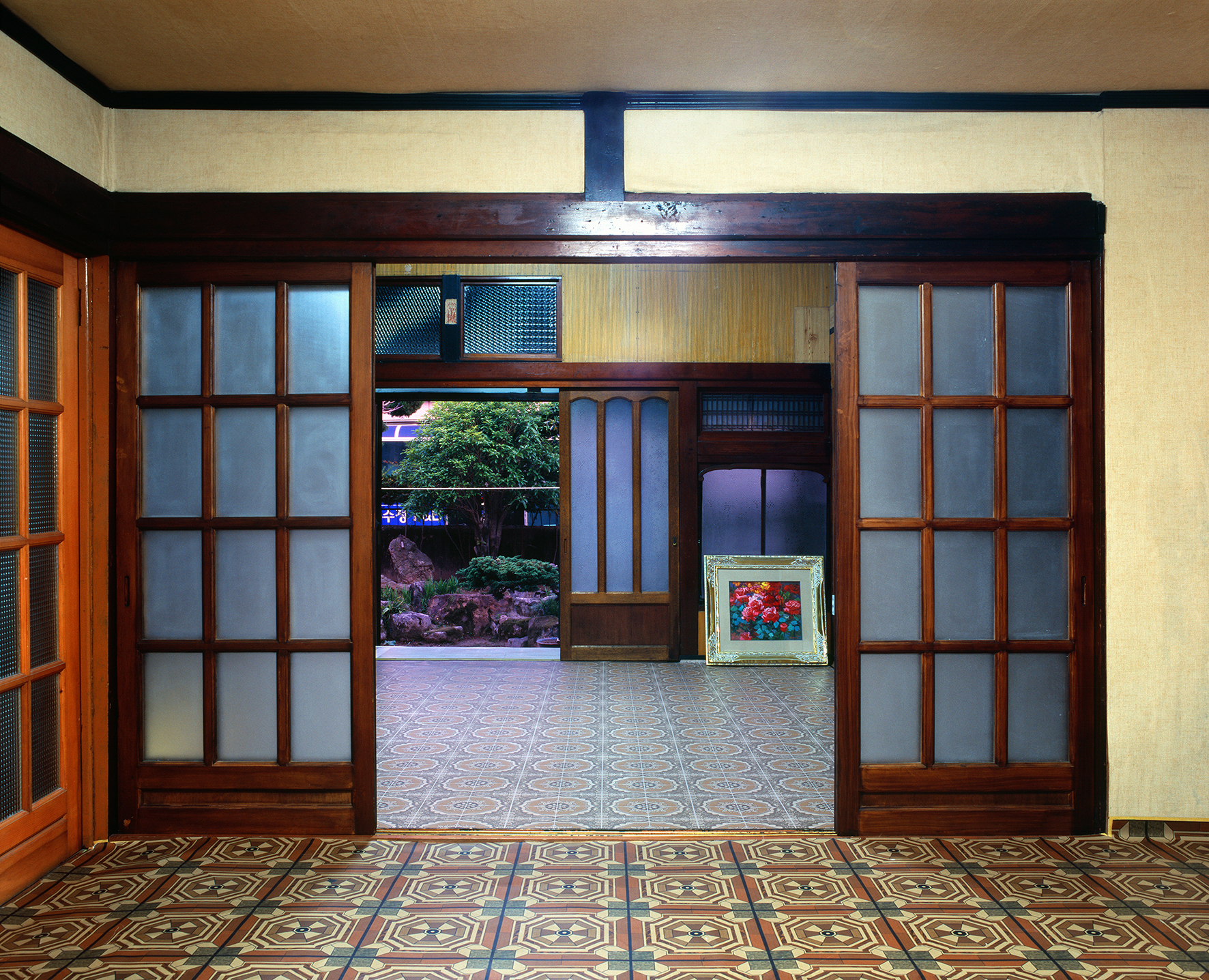
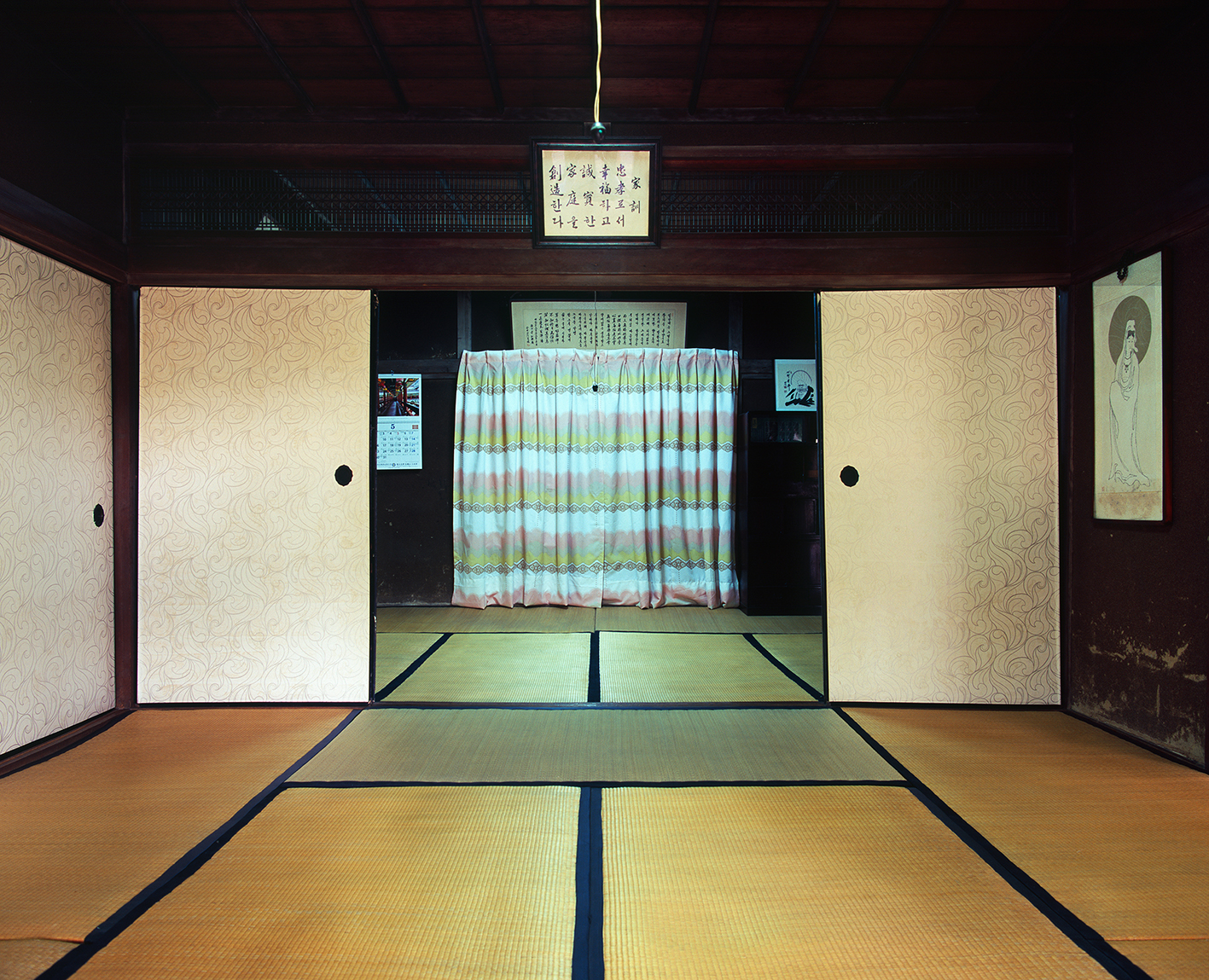



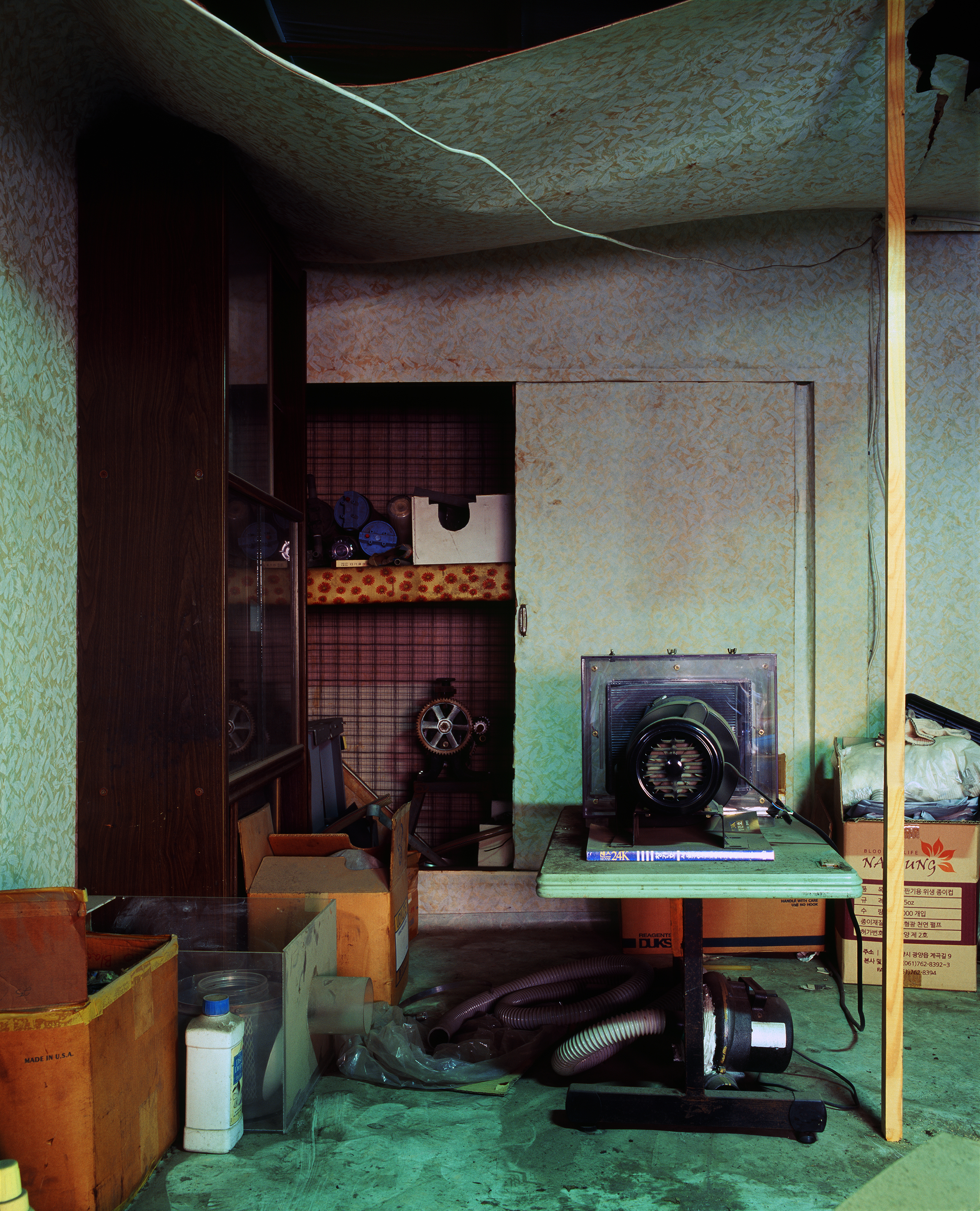
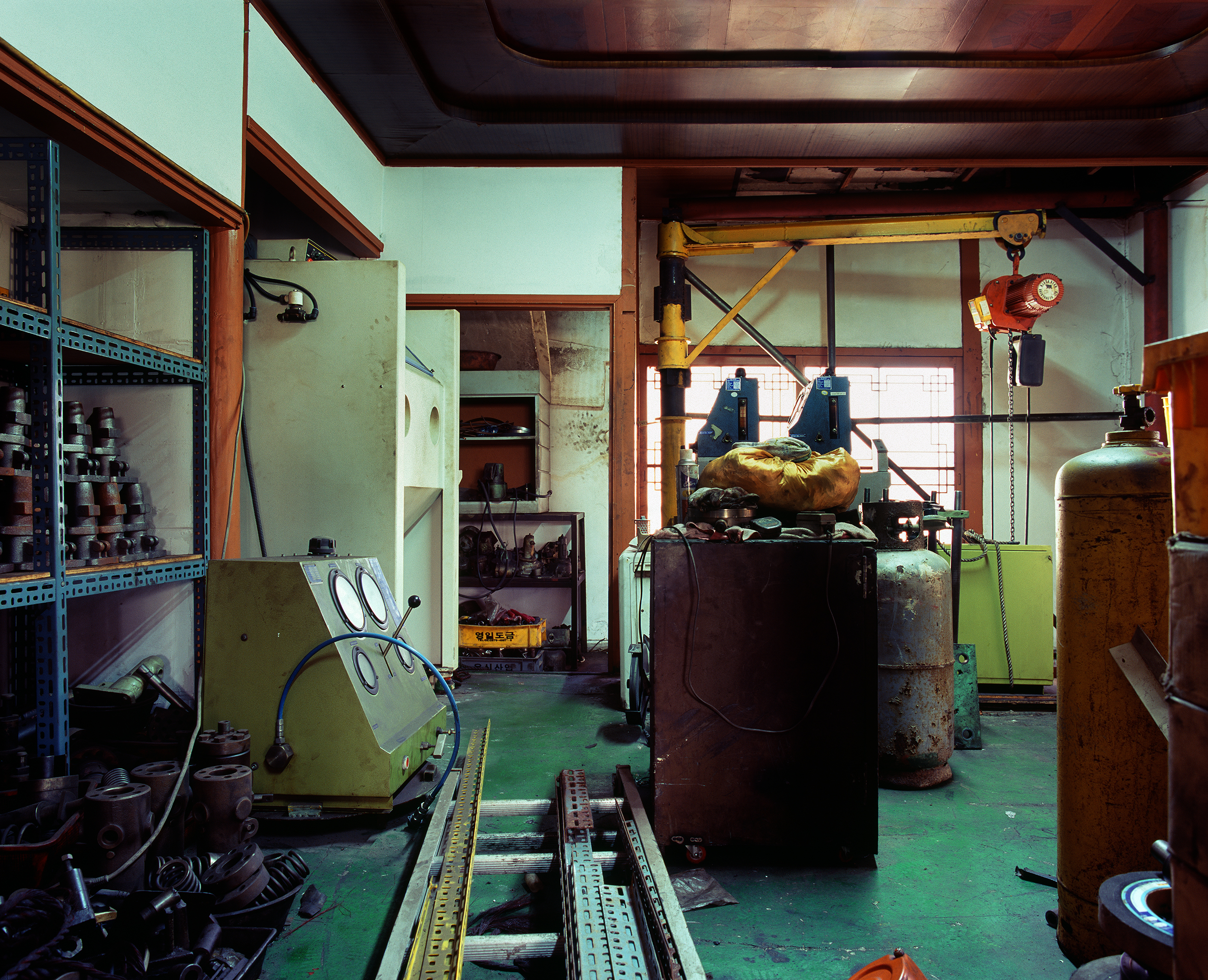
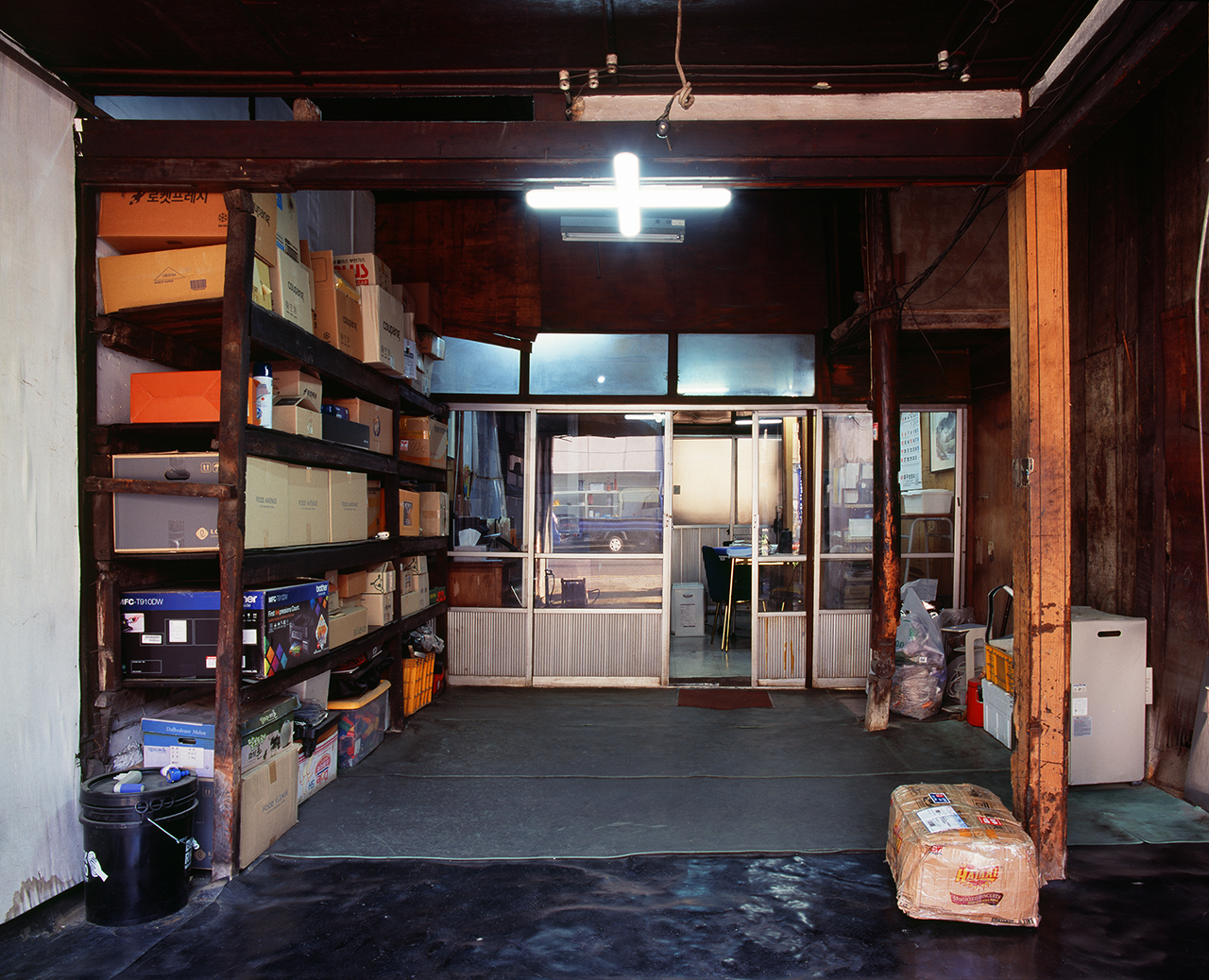
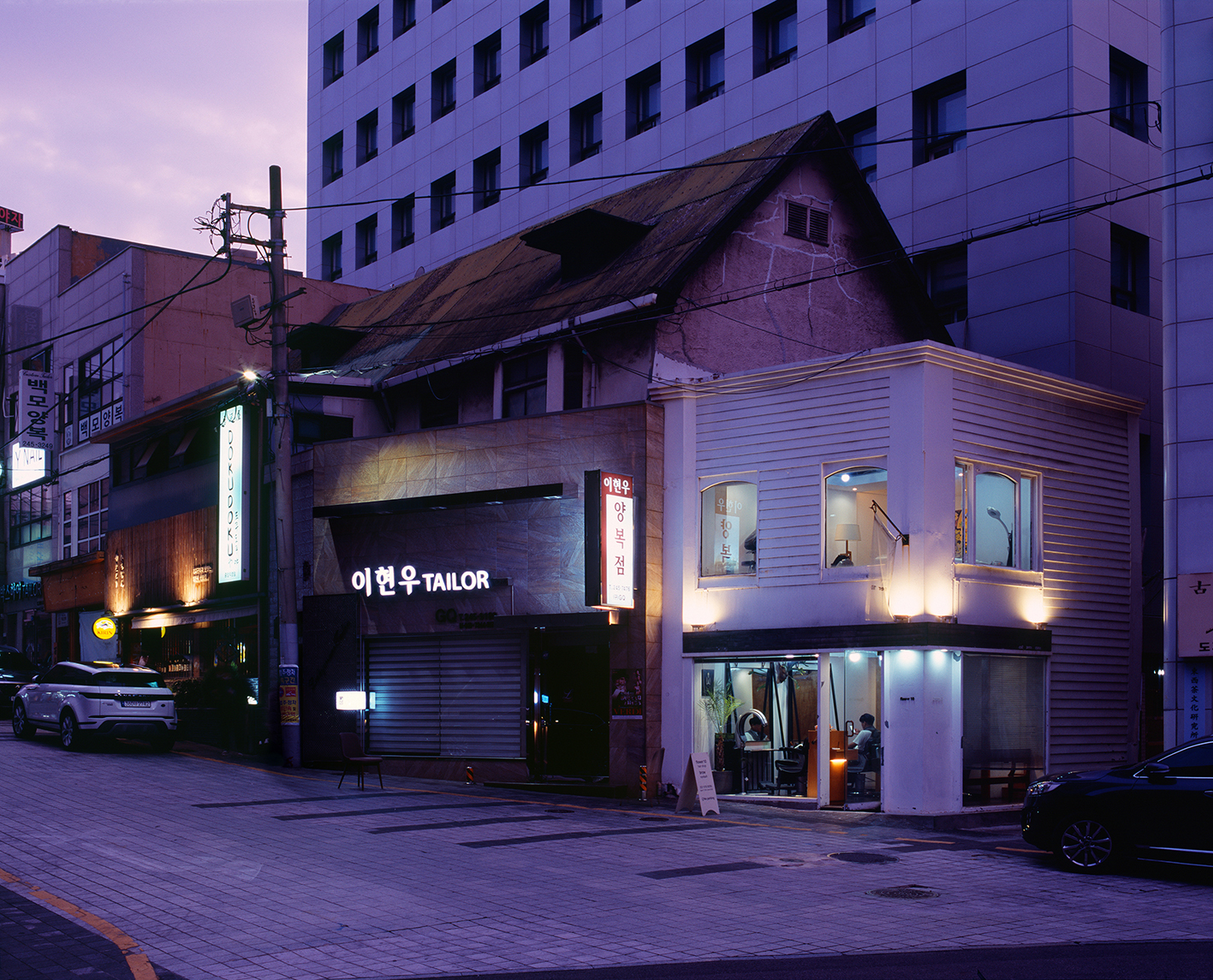
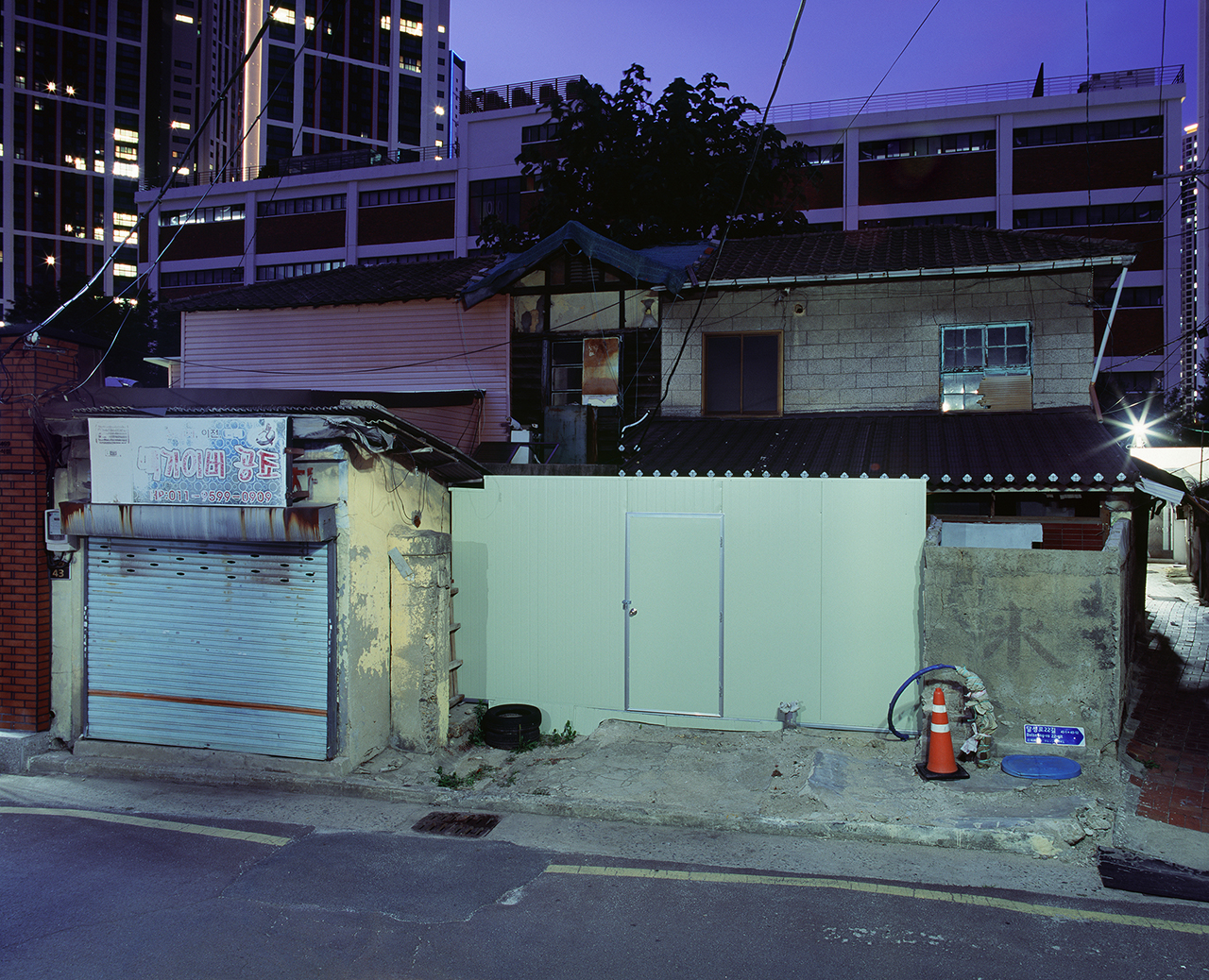

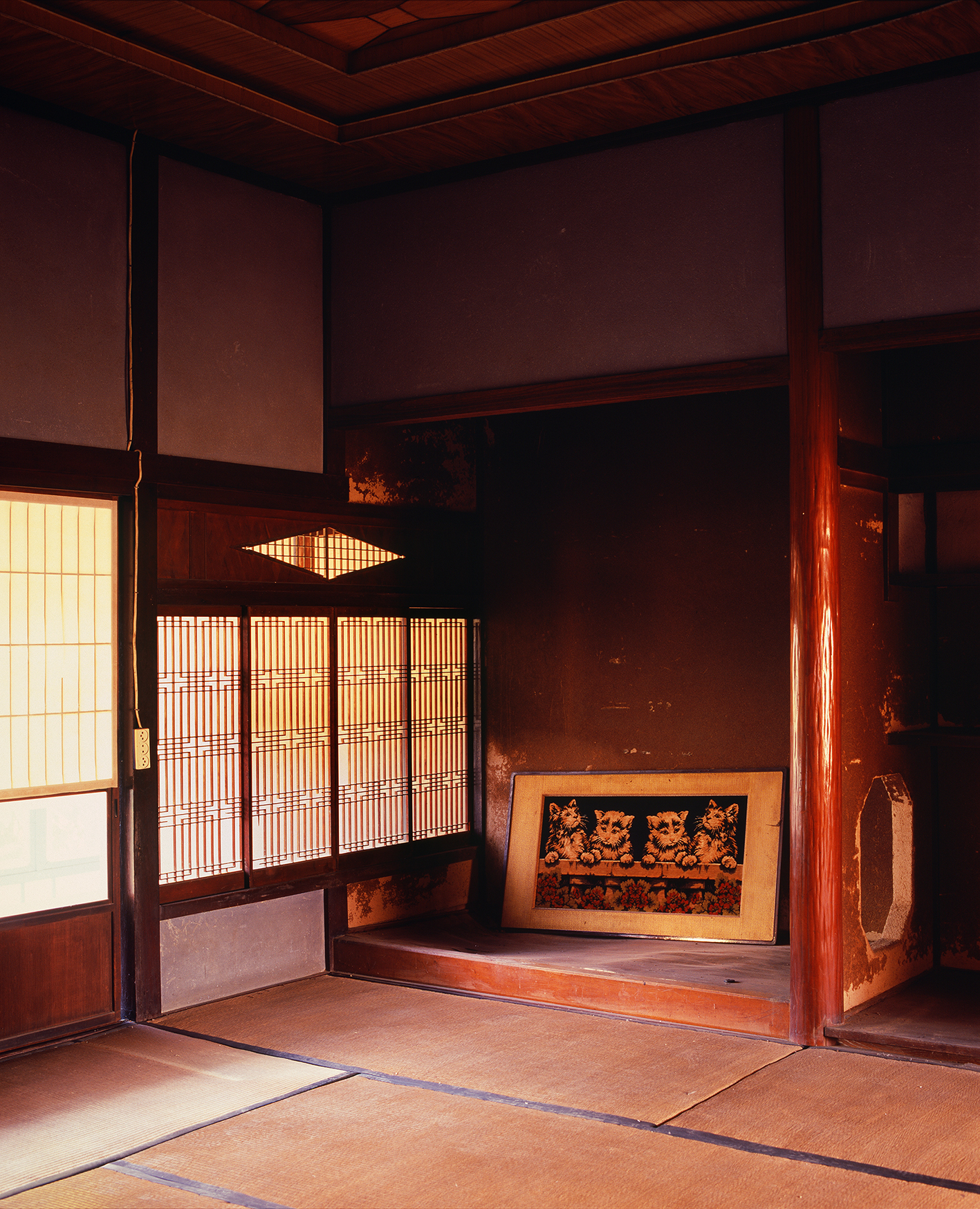
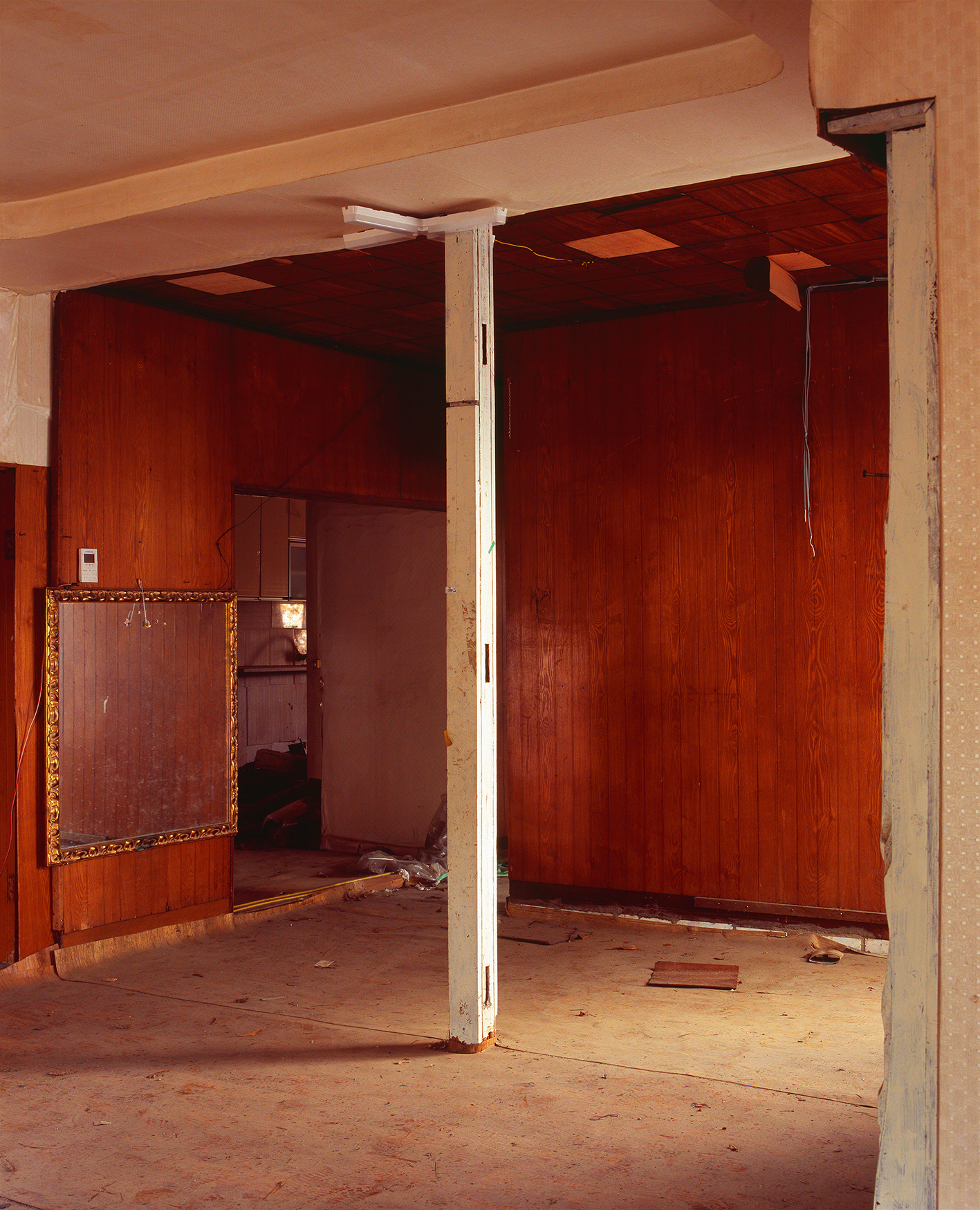
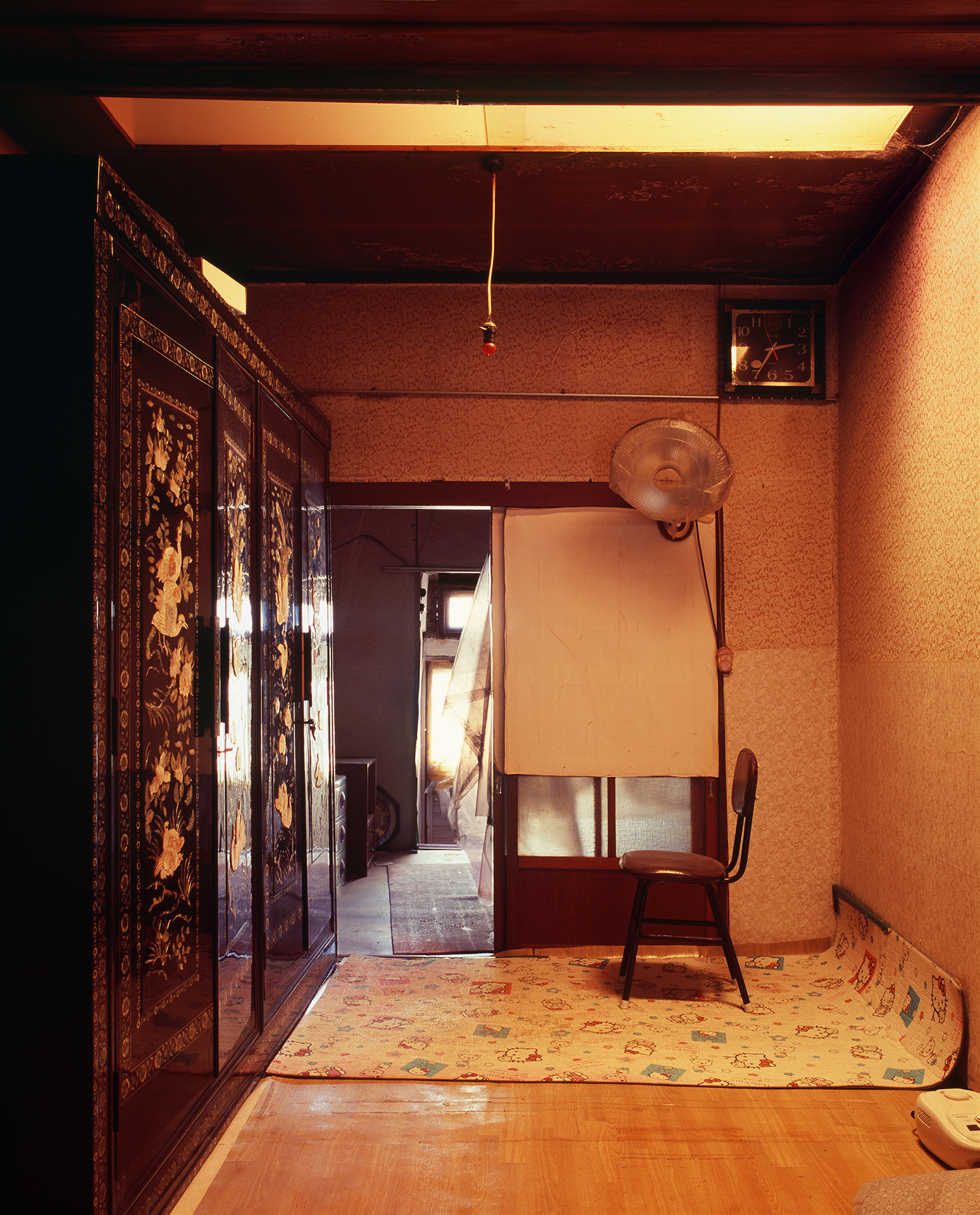





Enemy Property (敵産)
A house is a space where people’s actions and culture accumulate, shaping—or even imposing—the structure of life. Since the opening of Joseon’s ports, most modern housing styles foreign to Korea’s traditional architecture were introduced through Japan. This process
served as both a conduit for modernity and a site of cultural collision and integration. In particular, Japanese-style houses built by the Japanese during the colonial period became U.S. military government property after Japan’s defeat in World War II. Known as enemy property houses (Jeoksan-gaok), they were later sold to Koreans by the U.S. military government and the Rhee Syngman administration. Over the past 70 years, these houses have undergone various transformations, shaped by historical necessities and individual needs. Although Jeoksan-gaok is often discussed in ideological and political terms, these houses—originally built with a Japanese framework—have been filled with the lives and cultural imprints of Koreans. This suggests that, rather than prioritizing ideology, history, or national identity in their homes, Koreans have placed the highest value on practicality. It also reveals that a house is not merely a symbol of history, but a form of life shaped by historical forces.
︎
적산(敵産)
집은 사람들의 행위와 문화가 쌓이는 공간이자 삶의 형태를 만드는 또는 강제하는 틀(구조)이다. 조선의 개항 이후, 과거 우리의 주거 양식과 다른 외래 근대주택 양식은 대부분 일본을 통해 들어왔다. 이는 근대가 우리에게 유입된 통로이자 축이 다른 문화가 상호 충돌, 융합하는 공간이라 말할 수 있다. 특히, 일제강점기 일본인에 의해 지어진 일식 가옥은 일본의 패전 이후 미군정 소유가 된다. 적의 재산, 즉 적산가옥(敵産家屋)이라 불리는 이 주택은 미군정, 이승만 정권에 의해 한국인에게 불하되었고, 이후 70여 년 동안 시대적 필요와 개인의 욕망에 따라 다양한 형태로 변화해 왔다. 적산가옥은 이념과 정치 언어로 호명되지만, 식민지 시기 일본인이 만든 뼈대에, 그 속은 한국인들의 행위와 문화의 결이 채워진 것이라 말할 수 있다. 이는 한국인이 집을 이념, 역사, 국가를 넘어 ‘실용’을 가장 최우선의 가치를 두고 살아왔다는 것을 말해줄 뿐만 아니라, 집이 시간과 행위가 축적된 역사를 상징하는 것을 넘어 역사가 만들어 낸 삶의 형태가 무엇인지 조망할 수 있게 한다.
︎︎
- This project had shown at Gwangju Biennale 2023 and Busan Biennale 2022. Please click the link for more information
- 14gwangjubiennale.com/#aboutAnchor
- busanbiennale2022.org/en
︎︎
︎
Production Period : 2018 - / Media : Digital c-print / Size Variable / Location : Incheon, Busan, Gwangju,
Jeongeup, Seoul, JInhae, Mokpo, Gunsan, South Korea / Number of Works : 35 +
Title (From the Top) : Busan (釜山) 01, Incheon (仁川) 71, Incheon(仁川) 72, Busan(釜山) 02, Busan(釜山) 05, Busan(釜山) 03, Busan(釜山) 04, Busan(釜山) 06, Busan(釜山) 07, Busan(釜山) 10, Gwangju(光州) 01, Gwangju(光州) 02, Busan(釜山) 12, Gwangju(光州) 03, Gwangju(光州) 04, Gwangju(光州) 05 Gwangju(光州) 07, Gwangju(光州) 076
Title (From the Top) : Busan (釜山) 01, Incheon (仁川) 71, Incheon(仁川) 72, Busan(釜山) 02, Busan(釜山) 05, Busan(釜山) 03, Busan(釜山) 04, Busan(釜山) 06, Busan(釜山) 07, Busan(釜山) 10, Gwangju(光州) 01, Gwangju(光州) 02, Busan(釜山) 12, Gwangju(光州) 03, Gwangju(光州) 04, Gwangju(光州) 05 Gwangju(光州) 07, Gwangju(光州) 076

